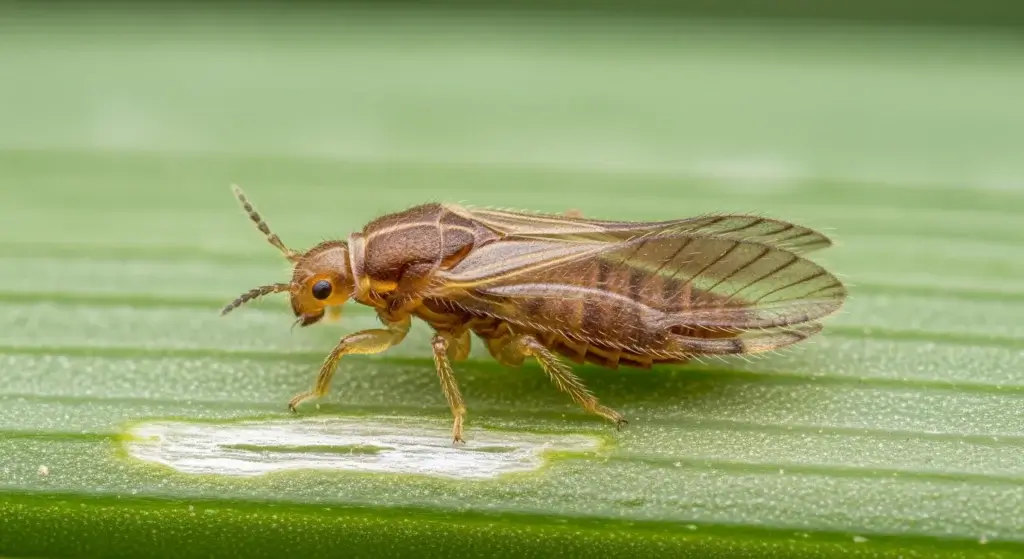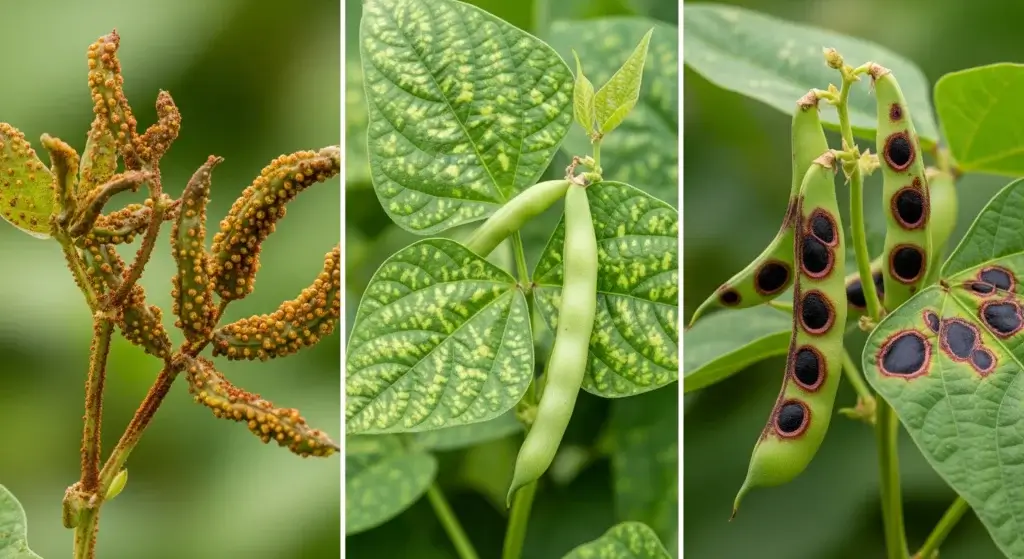
Caterpillars are a common problem for gardeners, as they can cause significant damage to plants and crops.
However, using chemical repellents can be harmful to both the environment and non-target species.
In this blog post, we will discuss natural caterpillar repellents and their effectiveness in protecting your garden.
Why Caterpillars are a Problem
Caterpillars can be a problem for several reasons, especially for gardeners and farmers.
Here’s a breakdown of the issues they cause:
- Read also: Effective Homemade Spider Mite Killer
- Read also: Treating Spider Mite Damage on Plant’s Leaves
Plant damage
- Leaf consumption: Their primary concern is food, and they can be voracious eaters. They munch on leaves, sometimes leaving only the veins behind.
- Fruit and flower damage: Some caterpillars don’t just eat leaves. They may target fruits, flowers, or even stems, ruining the harvest.
- Weakening plants: Extensive feeding weakens plants, making them more susceptible to diseases and environmental stress.
Economic impact
- Crop loss: For farmers, heavy infestations can significantly reduce crop yields, leading to financial losses.
- Reduced plant quality: Damaged plants may not be marketable or visually appealing, further impacting income.
Outbreaks and difficulty of control
- Rapid reproduction: Caterpillars can reproduce quickly, leading to population explosions and widespread damage.
- Hidden threat: They are often well-camouflaged and can be difficult to detect until significant damage has occurred.
Health concerns (in rare cases)
- Certain species: A few caterpillar species have stinging hairs or spines that can cause skin irritation or allergic reactions.
- Ingestion: While uncommon, some caterpillars are toxic if ingested by pets or livestock.
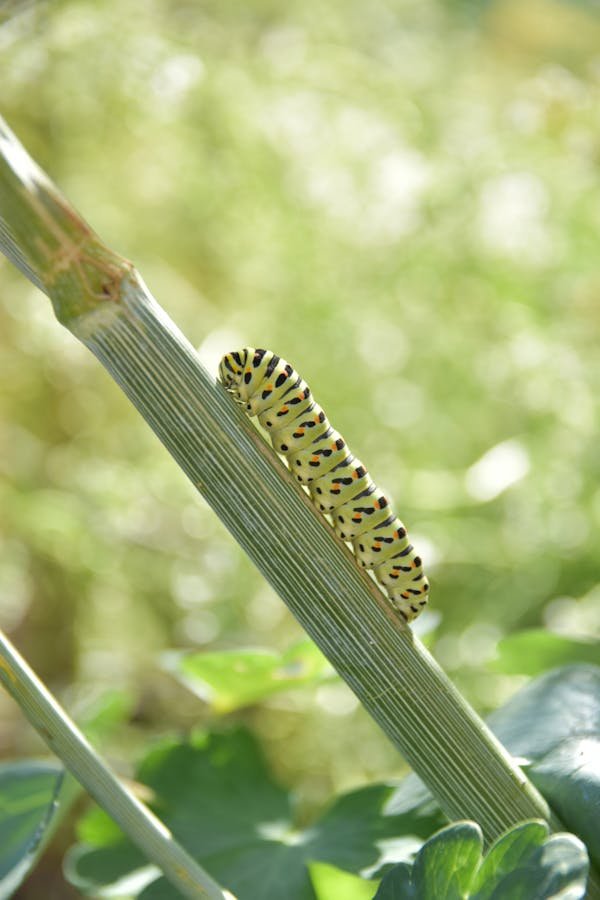
Natural Caterpillar Repellents
Natural caterpillar repellents are a safe and eco-friendly alternative to chemical pesticides.
They can be divided into two categories: homemade sprays and beneficial plants.
Homemade Sprays
Homemade caterpillar repellent sprays are easy to make and can be effective in deterring caterpillars.
Some common ingredients include:
Garlic and pepper spray
- Ingredients: Minced garlic, pepper, water.
- Method: Mix minced garlic and pepper in water, creating a potent solution. Let the mixture sit for a day to allow the flavors to infuse.
- Application: Spray the solution generously on the affected plants, ensuring complete coverage of leaves and stems.
- How it works: The strong odor and taste of garlic and pepper act as deterrents, discouraging caterpillars from feeding on the treated plants.
Bacillus thuringiensis (Bt) spray
- Ingredients: Commercial Bt solution or homemade fermented Bt.
- Method: Bt is a naturally occurring bacterium that produces a protein toxic to caterpillars. Commercial Bt solutions are available, or you can make your own by fermenting the bacteria.
- Application: Dilute the Bt solution according to package instructions or homemade fermentation ratios and spray it on plants.
- How it works: Bt disrupts the digestive systems of caterpillars, leading to their demise. It is selective and generally harmless to other beneficial insects.
Neem oil spray
- Ingredients: Neem oil, water.
- Method: Mix neem oil with water, following recommended dilution ratios on the neem oil product. Thoroughly mix the solution.
- Application: Spray the neem oil solution on plant surfaces, covering both upper and lower leaf surfaces.
- How it works: Neem oil acts as a natural insecticide, disrupting the feeding and reproductive processes of caterpillars. It also serves as a deterrent, preventing further infestation.
Tips for effective application
- Apply repellent sprays in the early morning or late evening to avoid sunlight intensity, allowing better absorption by the plants.
- Reapply the spray after rain or heavy watering, as it may wash away the solution.
- Perform a patch test on a small section of your plants before widespread application to ensure there are no adverse reactions.
Caution
While homemade sprays are generally safe, exercise caution and follow recommended dilution ratios to prevent any potential harm to plants.
Always consider the specific needs of your plants and the potential impact on beneficial insects.
If caterpillar infestations persist, consult with local gardening experts or agricultural extension services for additional guidance.
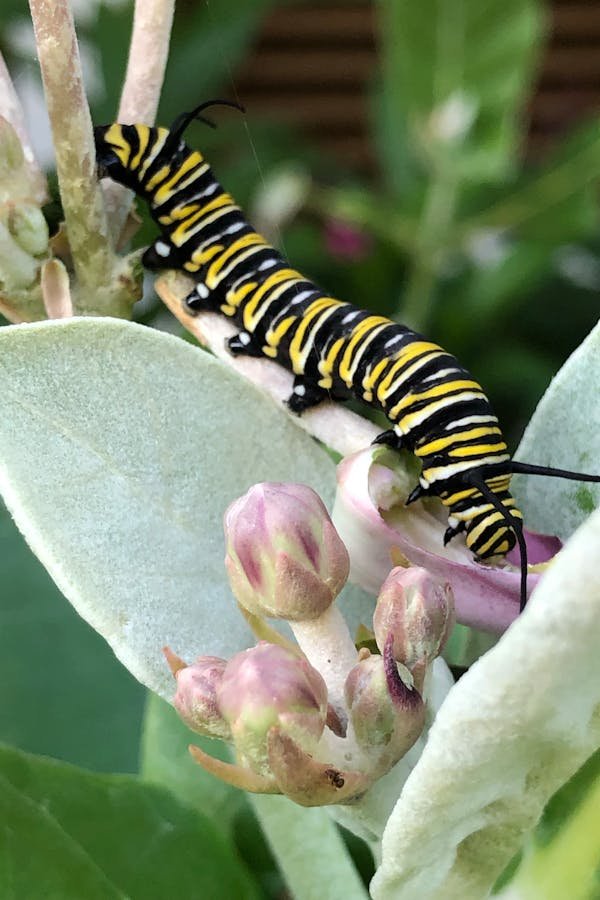
Beneficial Plants
Certain plants can naturally repel caterpillars and other pests. Some examples include:
Marigolds
- How they work: Marigolds release a chemical into the air that acts as a natural repellent for various pests, including caterpillars.
- Planting tips: Plant marigolds strategically around your garden, especially near susceptible plants. They are effective at deterring not only caterpillars but also nematodes and other harmful insects.
- Varieties: French marigolds (Tagetes patula) and African marigolds (Tagetes erecta) are popular varieties known for their pest-repelling properties.
Chrysanthemums
- How they work: Chrysanthemums contain pyrethrin, a natural insecticide that is toxic to caterpillars.
- Planting tips: Integrate chrysanthemums strategically into your garden, particularly near plants that are prone to caterpillar infestations. They are effective not only against caterpillars but also aphids, ants, and other unwanted insects.
- Varieties: Varieties such as Tanacetum cinerariifolium, often referred to as the Dalmatian or Persian chrysanthemum, are rich in pyrethrin.
Garlic
- How it works: Garlic is a natural insecticide that contains sulfur compounds and oils. When planted around the garden, garlic can act as a deterrent for caterpillars and other pests.
- Planting tips: Interplant garlic with susceptible crops or create a border of garlic around your garden to form a protective barrier.
- Varieties: Common varieties of garlic, such as Allium sativum, can be planted for their pest-repelling benefits.
Complementary Tips
- Companion planting: Consider companion planting, which involves strategically placing plants that complement each other.
- Rotate crops: Implementing a crop rotation strategy can help disrupt the life cycles of pests, reducing the likelihood of caterpillar infestations in successive seasons.
- Diversify plant selection: Creating a diverse garden with a variety of plants can naturally discourage pests, including caterpillars, as they may be less attracted to a varied environment.
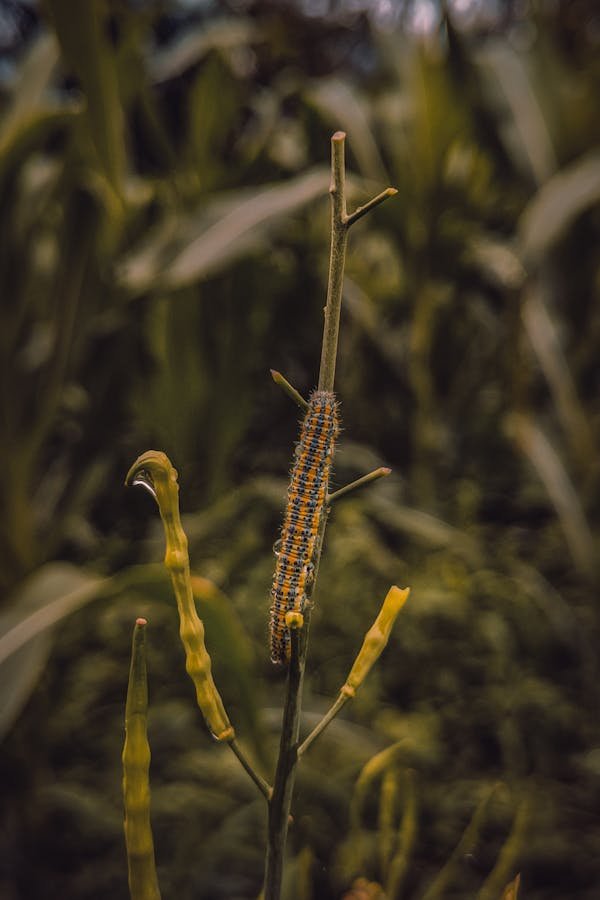
Conclusion
Choosing natural caterpillar repellents offers a safe and eco-friendly substitute to chemical pesticides.
Both homemade sprays and incorporating beneficial plants can prove highly effective in deterring caterpillars and safeguarding the health of your garden.
This approach not only ensures a secure environment for your plants but also aligns with sustainable and environmentally conscious gardening practices.
- Read also: Managing Whiteflies on Indoor Plants
- Read also: Whitefly Resistant Plants: Your Solution to Garden Pests
FAQs
Homemade sprays use ingredients like garlic, pepper, Bt, and neem oil to deter caterpillars.
Natural repellents can be effective in deterring caterpillars, but their effectiveness may vary depending on the specific pest and plant species.
Yes, natural repellents are a common choice for organic gardening as they are eco-friendly and non-toxic to non-target species.

